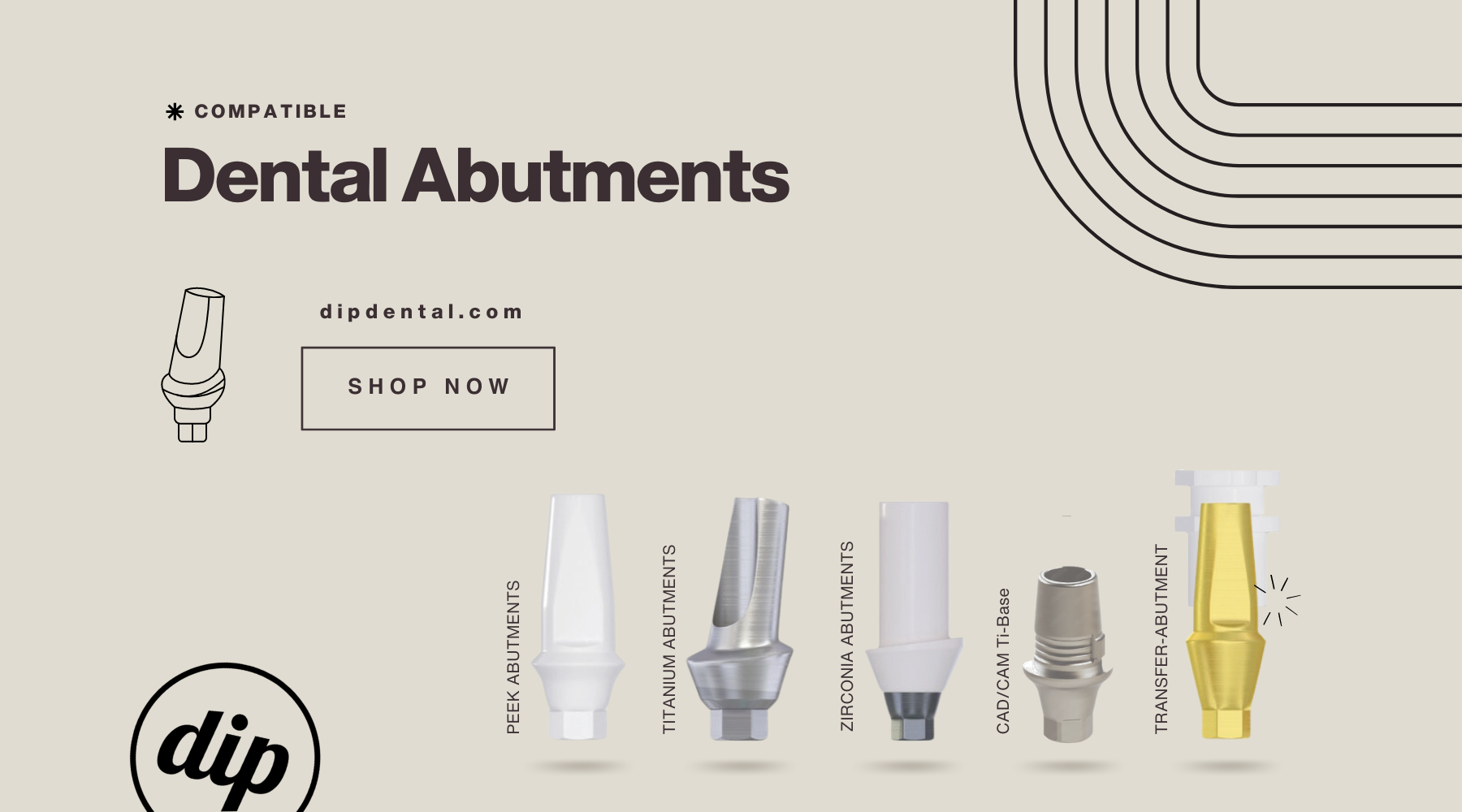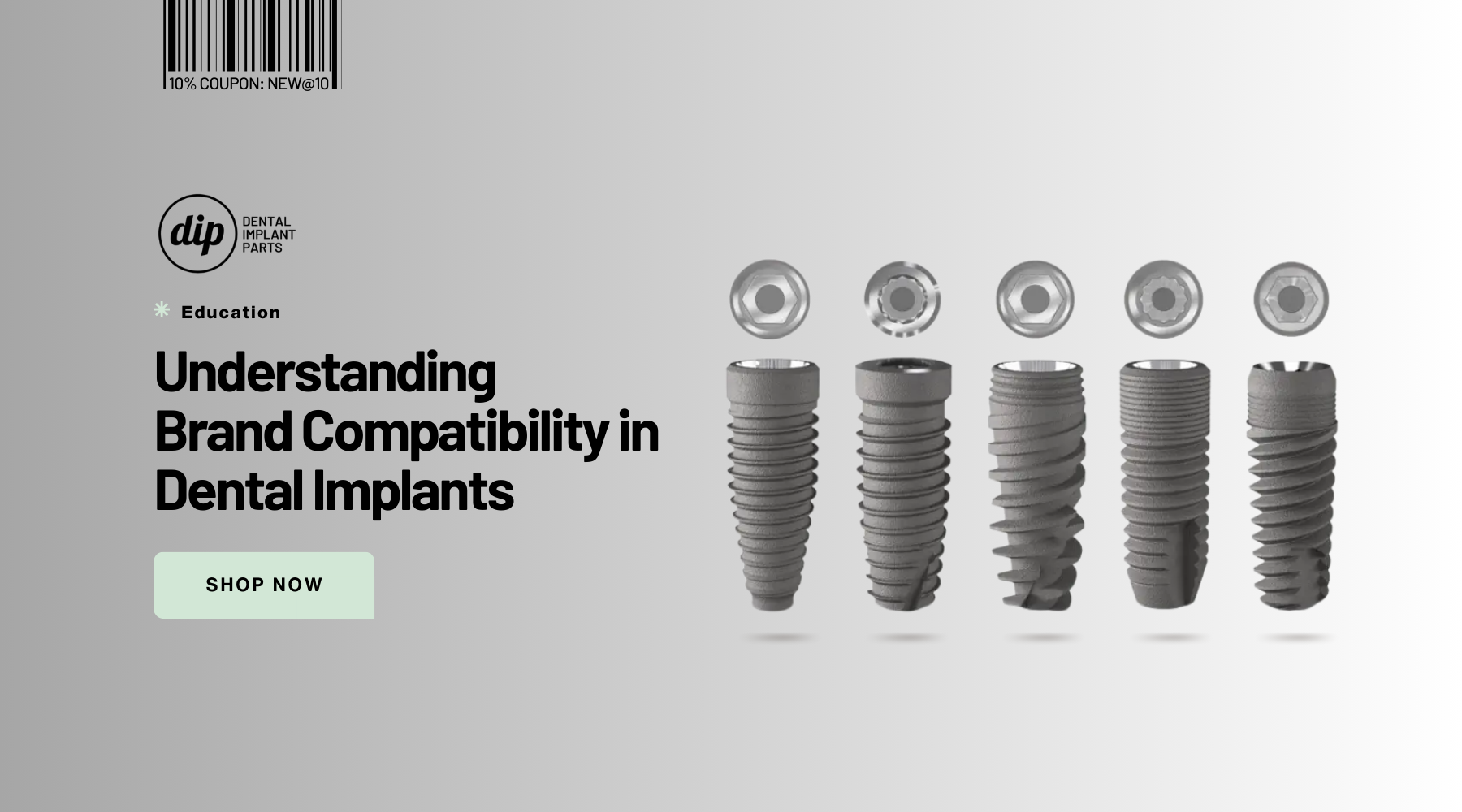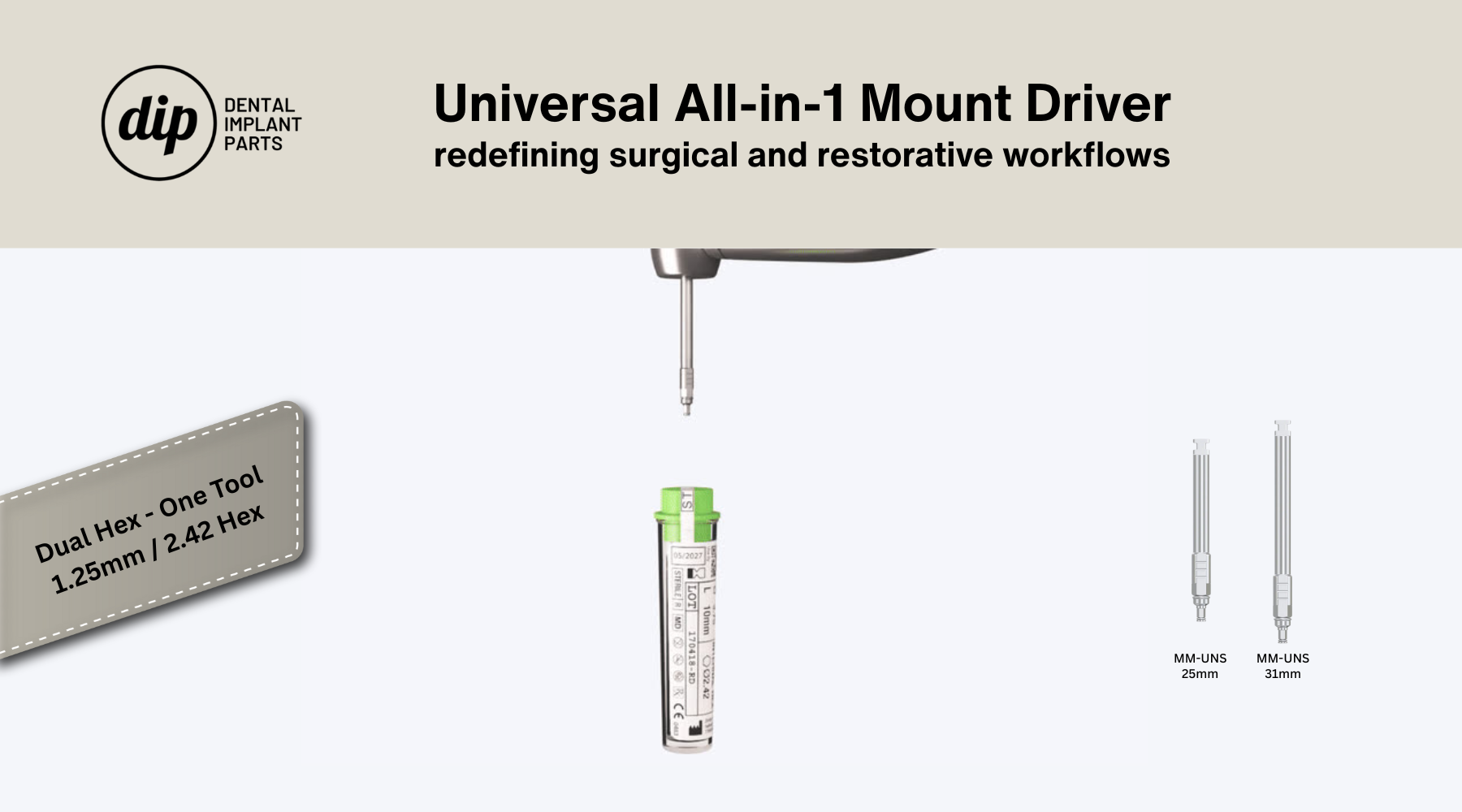Dental implants have revolutionized tooth replacement, offering patients a secure, natural-looking, and long-lasting solution. However, the success of implant dentistry hinges on meticulous planning and the selection of high-quality components. Dental abutments play a critical role in this equation, acting as the crucial link between the implant and the final restoration. This comprehensive guide delves into the world of dental abutments, equipping you with the knowledge to navigate the diverse options available.
Demystifying Dental Abutments: The Bridge Between Implant and Restoration
Imagine a dental implant as the sturdy root of a new tooth. While the implant provides a secure foundation within the jawbone, it needs a connector to support the visible portion of the tooth – the crown or denture. This connector is where dental abutments come in.
They are small, screw-retained attachments specifically designed to fit onto the implant body. The top of the abutment features a platform that serves as the base for the final restoration, ensuring a secure and precise connection.
Abutments come in various shapes, sizes, and angulations to accommodate different implant positions and treatment plans. Some abutments are designed for single crowns, while others can support multiple teeth restorations, such as bridges or dentures.
Unveiling the Most Common Abutment Options and Advantages:
-
Pre-fabricated Abutments: These "off-the-shelf" options are readily available in various standard sizes and angulations. They offer several advantages, including:
- Cost-Effectiveness: Pre-fabricated abutments are typically more affordable than custom-made options.
- Efficiency: They eliminate the need for custom design and fabrication, potentially reducing treatment times.
- Versatility: Many pre-fabricated abutments are compatible with various implant systems, simplifying inventory management.
However, pre-fabricated abutments might not be suitable for every scenario. In cases with complex implant placement or a highly customized restoration requirement, a custom-made abutment might be a better choice.
-
Custom Abutments: These abutments are designed and fabricated specifically for each patient's unique needs. They offer several benefits:
- Precise Fit: Custom abutments can be meticulously designed to match the exact angulation and dimensions of the implant, leading to a more precise fit and potentially improved aesthetics.
- Enhanced Aesthetics: They allow for greater customization of the emergence profile, mimicking the natural emergence of a tooth and optimizing soft tissue integration.
- Complex Cases: Custom abutments are ideal for addressing complex implant placements or situations requiring specific angulations for optimal restoration positioning.
While offering superior customization, custom abutments can be more expensive and require additional time for design and fabrication.
-
Material Options: The most common abutment materials include:
- Titanium: The most widely used material due to its exceptional strength, biocompatibility, and long-lasting performance.
- Zirconia: Offers a natural, tooth-like appearance, ideal for situations where aesthetics are paramount, particularly in the anterior region. However, zirconia might not be suitable for all cases due to potential limitations in strength compared to titanium.
Selecting the Right Abutment: A Balancing Act
The selection of the most suitable abutment type hinges on several factors, including:
- Implant System: Ensure the chosen abutment is compatible with the specific implant system you're utilizing.
- Treatment Plan: Consider the type of restoration being placed (single crown, bridge, denture) and the desired aesthetics.
- Clinical Considerations: Factors like implant angulation, available bone volume, and patient's occlusal forces play a role in material selection (titanium vs. zirconia).
- Cost-Effectiveness: Weigh the advantages of each option against the associated cost for both you and the patient.
Open communication with your dental lab or preferred abutment supplier is crucial. They can provide valuable guidance on compatibility, material options, and even offer digital design services for custom abutments.
Additional Considerations:
- Angulation Options: Abutments come in various angulations to accommodate different implant placements. This allows for optimal positioning of the final restoration, especially when dealing with non-ideal implant angulations due to anatomical limitations.
- Screw Type: The type of screw used to connect the abutment to the implant is also important. Most commonly used are internal hex screws, offering a secure and reliable connection.
- Emergence Profile: The emergence profile refers to the way the abutment transitions from the implant to the final restoration. A well-designed emergence profile promotes optimal soft tissue health and aesthetics.




